


Eight things you should know
about Winter Solstice



There was a saying in ancient China, "The Winter Solstice is as significant as the Spring Festival."
As early as the Zhou Dynasty (c.11th century-256BC), people worshipped the gods on the first day of the Winter Solstice, which also was the first day of the new year. The Winter Solstice became a winter festival during the Han Dynasty (206 BC-220AD). The celebratory activities were officially organized. On this day, both officials and common people would have a rest.
During subsequent dynasties, such as the Tang (618-907), Song (960-1279) and Qing dynasties (1644-1911), the Winter Solstice was a day to offer sacrifices to Heaven and to ancestors.
中国有句古话说:“冬至大如年”。
早在周朝时期,人们会在冬至当日,也就是当时新年的第一天祭拜神灵。汉朝时,冬至成为了冬天的节日,朝廷会举行正式的庆祝活动。这一天,百官和庶民都会停工歇息。在随后的朝代,如唐、宋、元朝,冬至这天都要进行祭神祭祖。

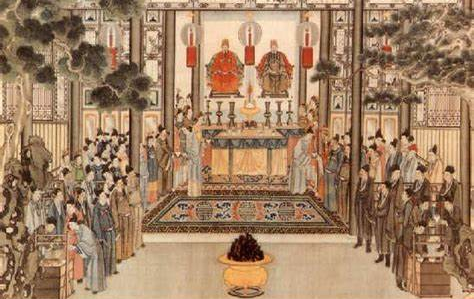


When midwinter arrives, vital movement begins to decline and calm down. In this period, eating an appropriate amount of nuts, such as peanuts, walnuts, chestnuts, hazelnuts and almonds, is good for one's body. Traditional Chinese medical science teaches that the quality of a nut is tepidity and most nuts have the function of nourishing the kidneys and strengthening the brain and heart.
在冬至期间,适量食用坚果如花生、核桃、栗子、榛子和杏仁对身体有好处。传统中医学认为坚果性温和,大多具有滋补肾脏、强健大脑和心脏的功能。

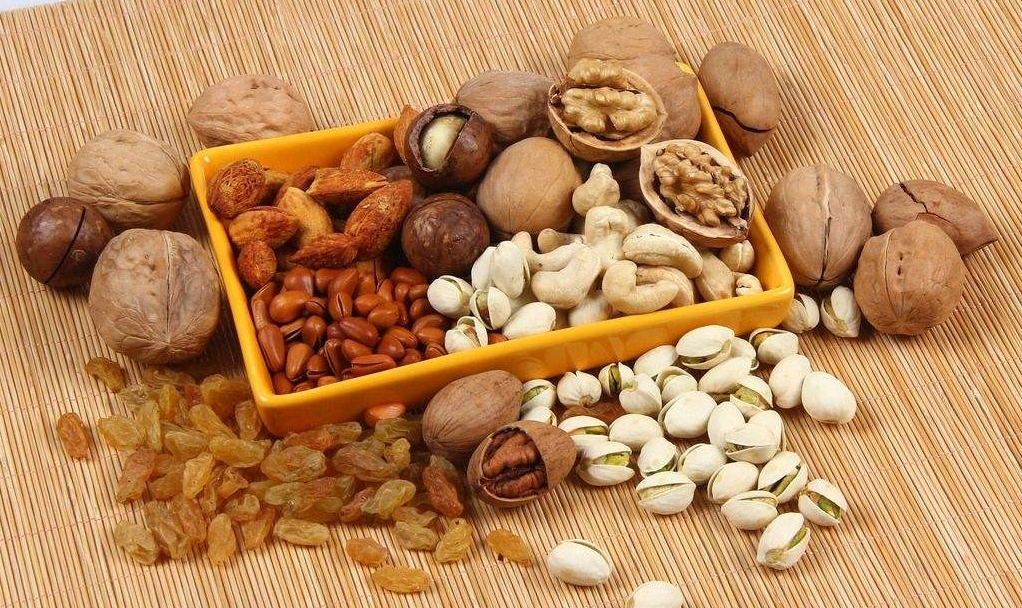


During Winter Solstice in North China, eating dumplings is essential to the festival. There is a saying that goes "Have dumplings on the first day of Winter Solstice and noodles on the first day of Summer Solstice."
在中国北方,冬至节期间吃饺子是必不可少的。俗话说:“冬至饺子夏至面。”

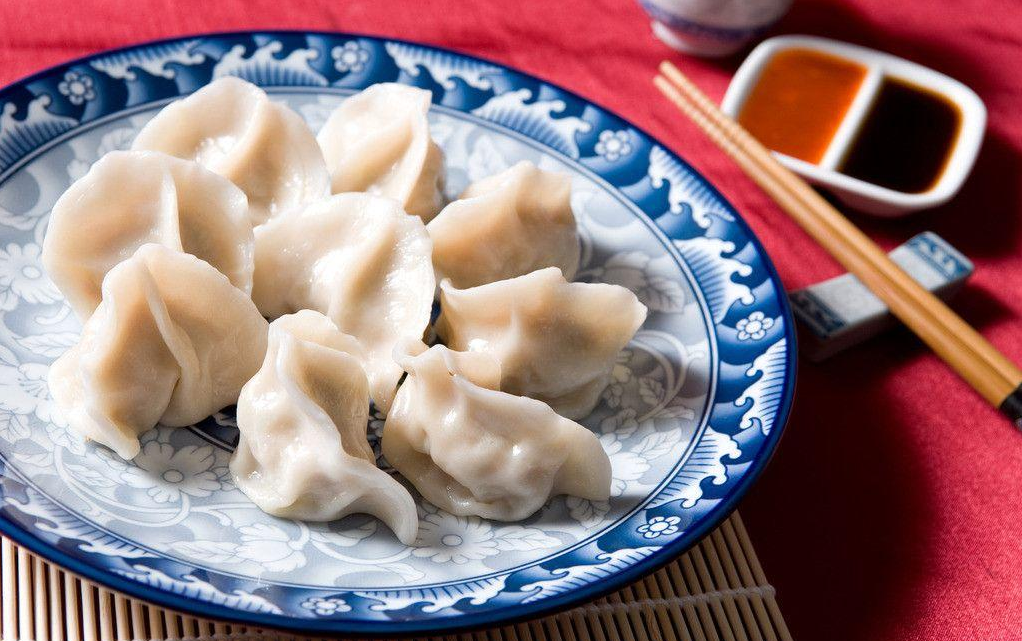


People in Suzhou, Jiangsu province, are accustomed to eating wontons in midwinter. According to legend, during the midwinter feast 2,500 years ago, the King of Wu (one of the states during the Western Zhou Dynasty and the Spring and Autumn Period) was disgusted with all kinds of costly foods and wanted to eat something different. Then, the beauty Xishi came into the kitchen to make "wontons" to honor the king's wish. He ate a lot and liked the food very much. To commemorate Xishi, the people of Suzhou made wontons the official food to celebrate the festival.
江苏苏州的人们习惯在冬至期间吃馄饨。相传吴越春秋一宴上,美女西施就包了一种畚箕式点心献给吴王。吴王一口气吃了一大碗,连声问道:“此为何种点心,如此鲜美?”西施想:这昏君混沌不开,便随口应道:“混沌。”为纪念西施的智慧和创造,苏州人便把它定为冬至节的应景美食。




In places such as Shanghai, people eat tangyuan, a kind of stuffed small dumpling ball made of glutinous rice flour, to celebrate Winter Solstice.
在上海等地,人们吃汤圆来庆祝冬至,汤圆是一种用糯米粉做成的、内有馅料的小圆球。

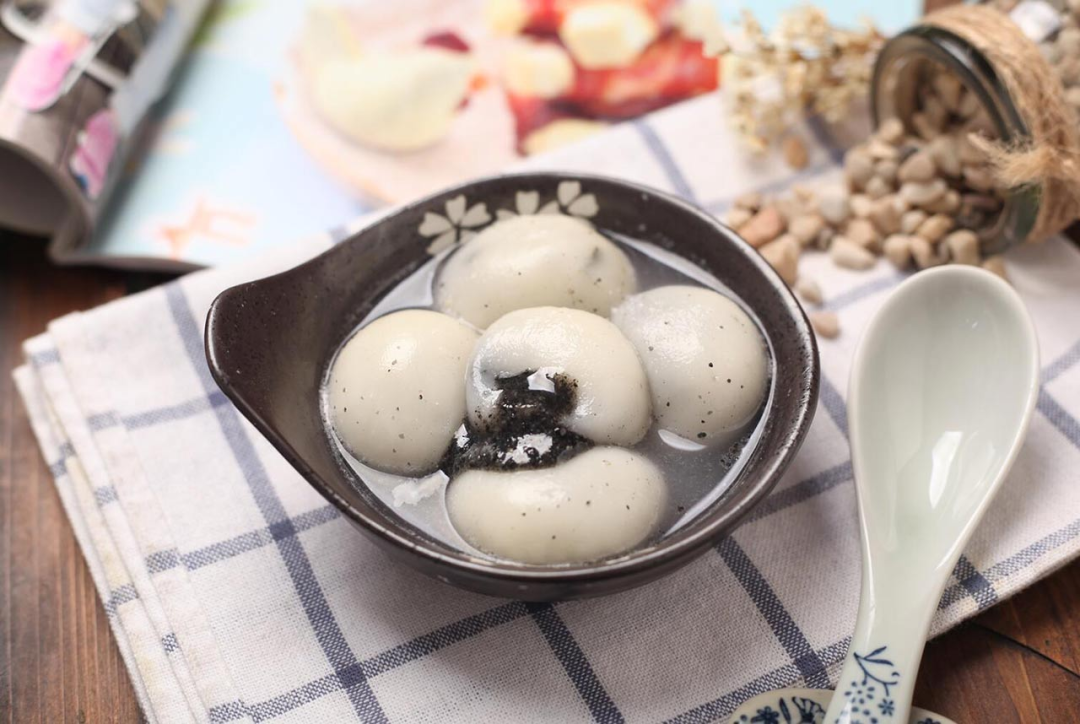


During the Winter Solstice, Hangzhou residents traditionally eat rice cakes. In the past, before the approach of the winter solstice, every household would make the cakes to worship their ancestors or use as gifts for relatives and friends. Today, though fewer families eat homemade cakes, people there still buy rice cakes for the Winter Solstice Festival.
冬至期间,杭州人有吃年糕的传统。过去,在冬至来临之前,家家户户都会制作年糕来祭祖或作为礼物送给亲朋好友。今天,虽然很少有家庭吃自制的年糕,但那里的人们仍然会在冬至节买年糕。




Taiwan residents keep the custom of offering nine-layer cakes to their ancestors. People with the same surname or family clan gather at their ancestral temples to worship their ancestors in order of their ages. After the sacrificial ceremony, there is always a grand banquet.
在我国台湾还保存着冬至用九层糕祭祖的传统。冬至时,同姓同宗的人们聚集在祠堂里,按年龄顺序祭拜祖先。祭祀仪式结束后,总会举行盛大的宴会。

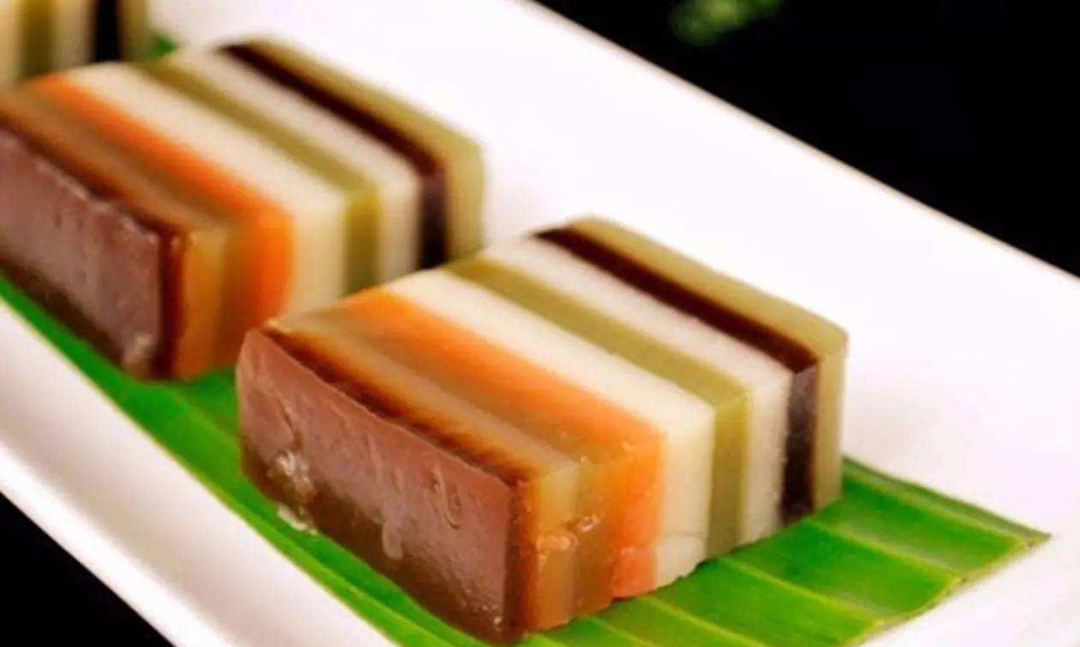


In some regions south of the Yangtze River on the first day of Winter Solstice, the whole family gets together to have a meal made of red bean and glutinous rice to drive away ghosts and other evil things.
在长江以南的一些地区,在冬至的第一天,全家人会聚在一起吃红豆糯米饭,以驱除鬼魂和其他不好的东西。

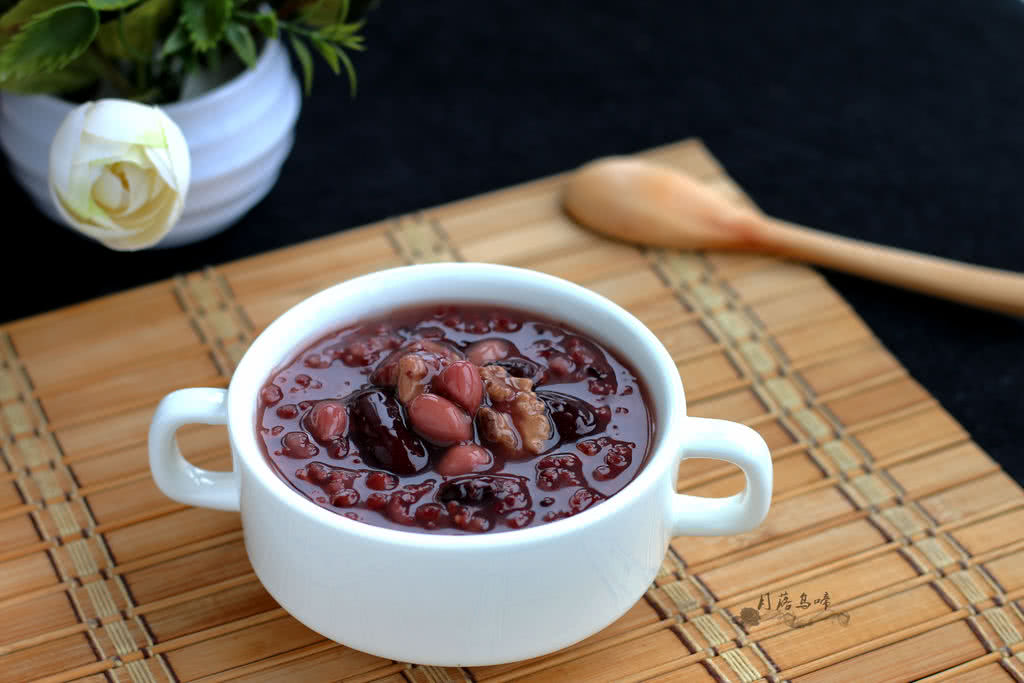
Stay warm and healthy, and good luck in the new coming year. Happy winter solstice.
祝大家在新的一年里温暖、健康、好运。
冬至快乐。
Photo Credit | Baidu
Some of the text is from China Daily

